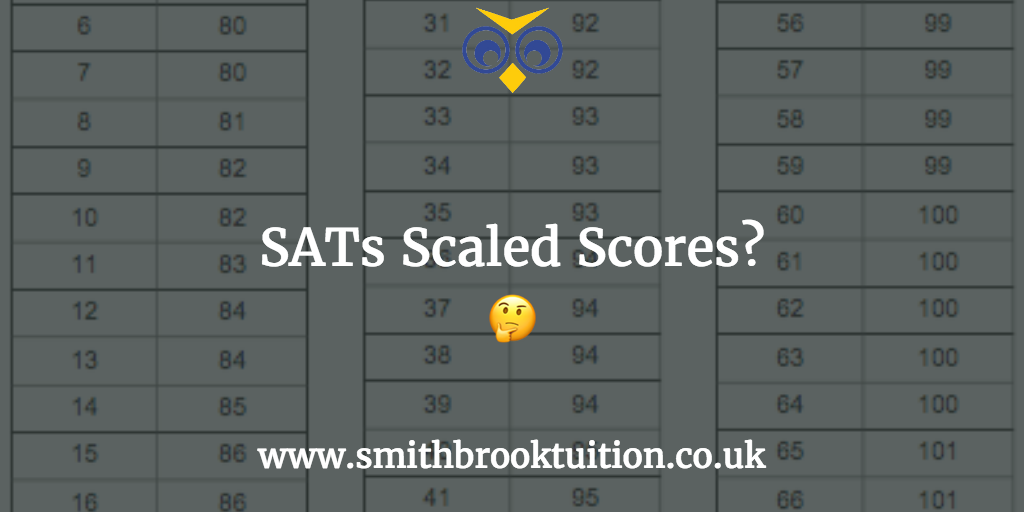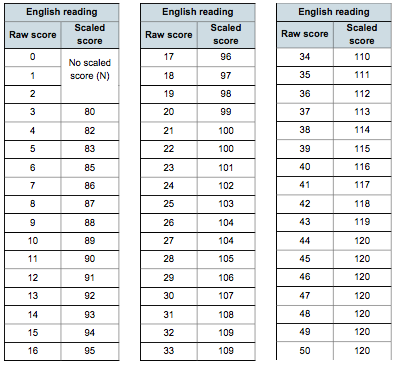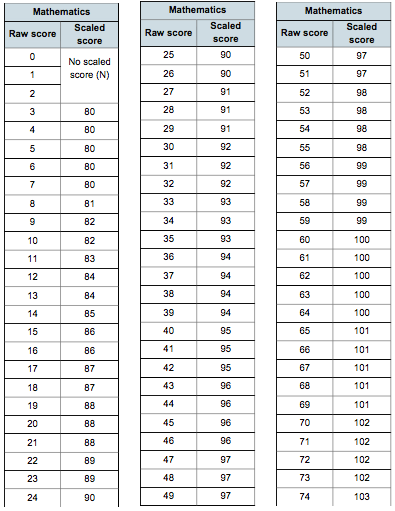What are SATs scaled scores?
The new style of SATs, that came into effect during the 2016 school year, also delivered a new results system. The previous grading of level 4, 5, 6 etc has been replaced with raw and scaled scores. The two results should offer a more accurate score for parents and children to understand.
The raw score is the exact amount of marks gained on each paper, such as 25 out of 40. This is accompanied by a scaled score which represents how a child performs in comparison to the expected standard set by the government.
The expected standard is 100 with the lowest score available being 80, which represents a student falling substantially below the expected standard. The highest available result is 120 and represents a student performing well above the expected standard.
The papers are designed to the same specification each year, but tests may vary slightly in difficulty year on year and a scaled score is used in order to ensure that the results are accurate representations of pupil performance over time.
It is worthy to note that there is no pass or fail, the SATs are designed to measure how a child is doing along with the education system as a whole.
Remember, universities and employers will not be looking at SATs scores with pursed lips and it offers a chance to highlight a child’s strengths and weaknesses.
SATs Scaled Scores
A student must gain at least 3 raw marks to have a scaled score. In the unlikely event that they score below 3, the scaled score will be left blank.
The tables below show an example of how a scaled score is created based on a raw result. To find a scaled score look up the raw result from each subject, maths or English, and read across to the adjacent column. The example below is based on the 2016 SATs and may vary each year.



